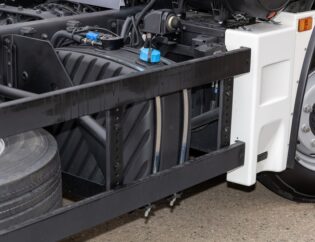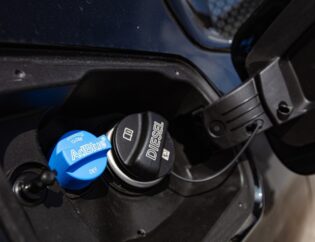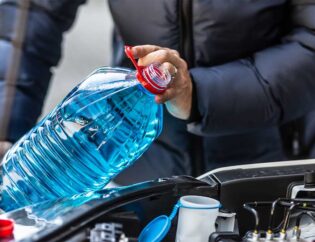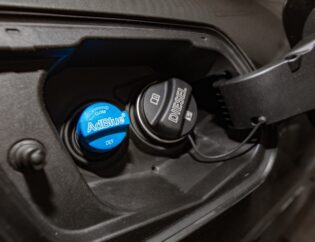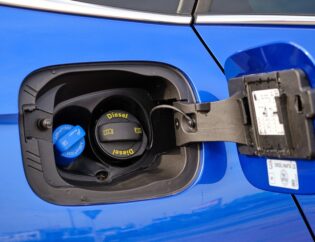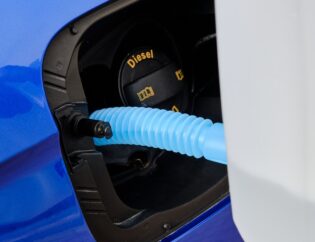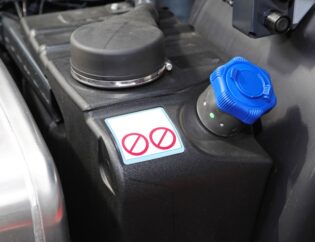
DEF chemically converts NOx into harmless nitrogen and water vapor after combustion but before the exhaust leaves the tailpipe. This process, called Selective Catalytic Reduction (SCR), relies on DEF to function properly. DEF is sprayed into the exhaust stream, breaking down NOx at the molecular level.
Without DEF, modern diesel engines would be unable to meet emissions standards. NOx emissions contribute to smog, acid rain, and respiratory problems. DEF allowed engine manufacturers to continue improving fuel efficiency and performance while reducing pollution.
DEF systems started appearing in heavy-duty trucks around 2005, ahead of the EPA mandate. Light-duty diesel pickups began adopting DEF in 2010 when standards took effect. Keep reading this guide by Azure Chemical to learn more about the in and outs of DEF system.
Contents
How DEF Reduces Emissions
Diesel Exhaust Fluid (DEF) is critical in reducing diesel engine nitrogen oxide (NOx) emissions. NOx gases are a major contributor to smog and acid rain and can negatively impact health.
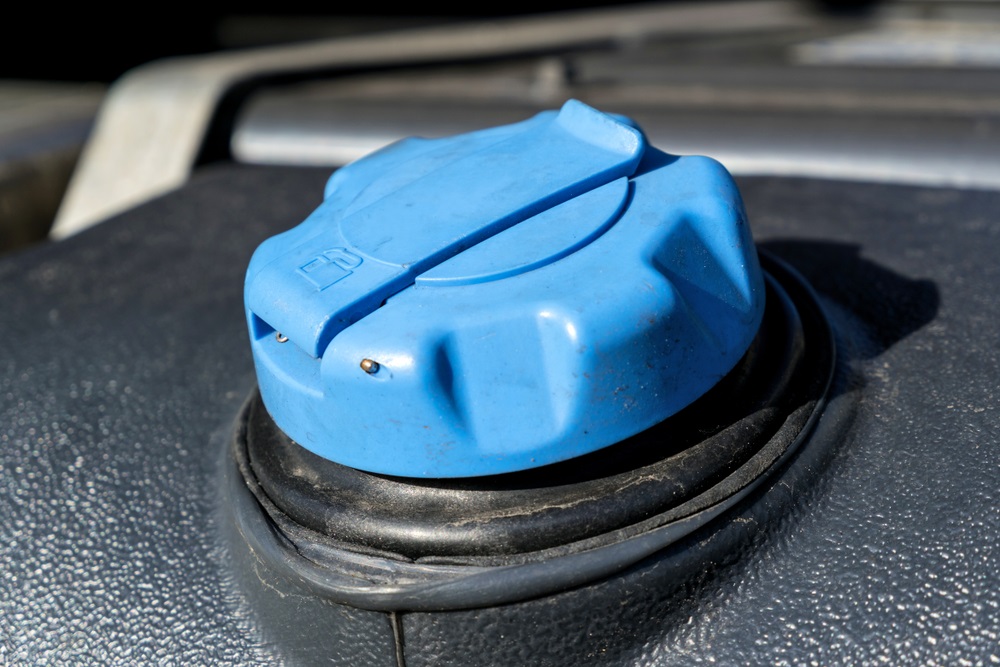
DEF enables selective catalytic reduction (SCR), which chemically reduces NOx into harmless nitrogen and water vapor. This process starts when DEF is injected into the exhaust upstream of the SCR catalytic converter. The DEF breaks down into ammonia and carbon dioxide. When the ammonia reaches the SCR catalyst, it reacts with the NOx gases in the exhaust.
Specifically, the ammonia acts as a reducing agent that converts NOx to nitrogen and water through the following chemical reactions:
- 4NO + 4NH3 + O2 → 4N2 + 6H2O
- 6NO2 + 8NH3 → 7N2 + 12H2O
By leveraging these chemical reactions, SCR systems with DEF can reduce NOx emissions by up to 90%. Meeting strict NOx emissions standards is only possible with DEF. All modern diesel engines depend on DEF injection and SCR to comply with emissions regulations.
DEF and SCR technology is essential for mitigating the environmental impact of diesel engine exhaust. DEF enables much cleaner combustion that dramatically reduces smog-forming NOx emissions.
DEF Components and Operation
The Diesel Exhaust Fluid (DEF) system consists of several key components that work together to reduce NOx emissions from diesel engines.
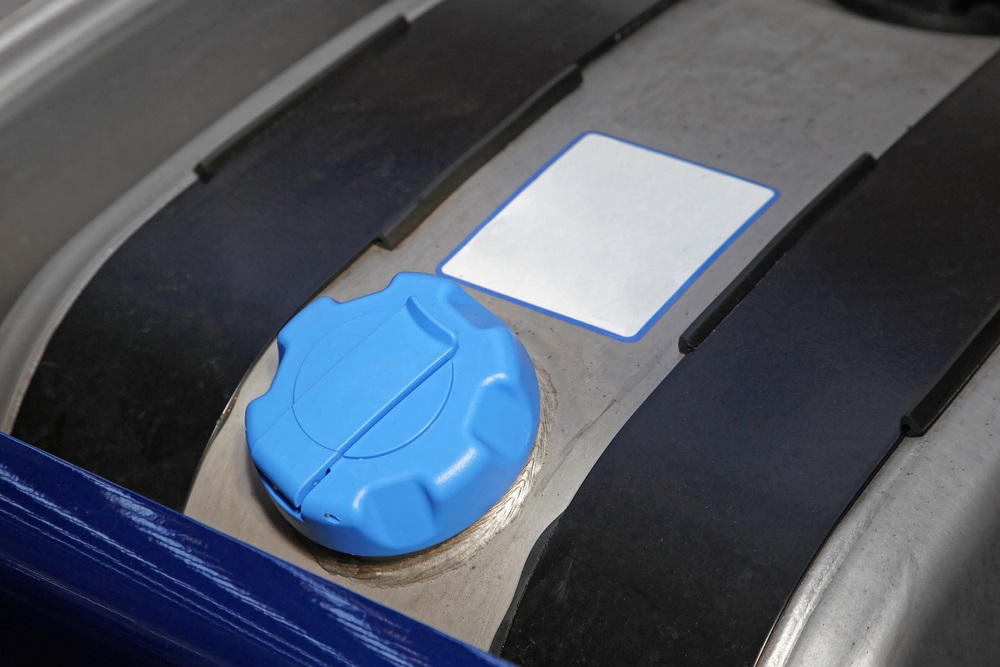
DEF Tank
The DEF tank stores the DEF fluid, a mixture of urea and deionized water. It’s constructed from durable plastic to withstand vehicle vibrations and changing temperatures. The tank is sized to hold enough DEF for several thousand miles between refills. Sensors monitor the DEF level and alert the driver when running low.
DEF Lines
Seamless stainless steel lines carry the DEF from the tank to the injector unit mounted in the exhaust system. These lines are designed not to rust from the DEF and withstand exhaust heat. Sensors monitor for leaks and blockages.
DEF Injector
The injector sprays a fine mist of DEF into the hot exhaust stream after it exits the diesel particulate filter. The heat converts the urea in DEF to ammonia, which reacts with NOx gases to form nitrogen and water vapor. This chemical reaction reduces NOx emissions by up to 90%.
DEF Dosing Module
The dosing module includes a pump that moves DEF from the tank to the injector. It carefully controls the DEF injection rate based on engine operating conditions to ensure proper emissions reduction. The dosing module communicates with the engine computer over the CAN bus network.
DEF Control Strategy
Advanced algorithms optimize DEF consumption. The dosing module adjusts injection rates based on exhaust temperature, engine load, emission sensor feedback, and other data. This precision dosing allows the smallest effective dose of DEF to be used. Warning lights alert the driver if a system fault is detected.
Maintaining the DEF System
Maintaining a diesel vehicle’s DEF system is crucial for proper emissions control and engine performance.

Here are some key maintenance tips:
Keeping the DEF Tank Filled
- Check the DEF level regularly and refill the tank when it is low. Running extremely low or empty will trigger a warning light and, eventually, speed or power reductions.
- Only use DEF that meets ISO 22241 standards. Using contaminated or improper fluid can damage components. Purchase from reputable suppliers and check expiration dates.
- Top off the tank when refueling to prevent condensation from forming inside a partially filled tank. Filling at every diesel refueling is ideal.
- Use a DEF dispenser spout or pump, not a funnel or container, to prevent spills and contamination. Wipe any spills immediately to avoid residue crystallization.
Monitoring Fluid Quality and Shelf Life
- DEF has a limited shelf life. Replace stock within 12 months of manufacture date for optimal performance. Discard any expired or discolored fluid.
- Test DEF quality with a refractometer. Fluid should measure 32.5% urea concentration. Lower levels indicate diluted or degraded DEF.
- Replace degraded fluid immediately to avoid system failures, clogged filters, and catalyst damage. Never “top off” old DEF with new fluid.
Cleaning Sensors and Lines
- Keep the tank air vent clear of debris to prevent DEF crystallization. Signs of a clogged vent include slow fills, overfills, or dashboard warning lights.
- Clean any sensor probes according to manufacturer instructions. Soak in distilled water and use a non-abrasive brush to remove deposits. Avoid metal tools.
- Flush DEF lines and components if contamination is suspected. Use manufacturer-approved flush tools and fluids.
- Inspect lines and seals regularly for signs of leaks or clogs, which can lead to pump failures or other issues.
The Future of DEF
DEF systems will likely play an important role in reducing diesel emissions in the years ahead. Here are some key trends to watch:
Increased adoption in emerging markets: As developing countries impose stricter emissions standards, DEF systems will see expanded use in these markets. Major growth is expected in countries like China, India, and Brazil, where diesel engines are popular. Automakers will need to adapt DEF systems to work effectively in hotter climates.
Potential improvements: Ongoing research aims to enhance DEF performance and efficiency. Areas of focus include:
- Reducing DEF consumption.
- Making the fluid more stable at higher temperatures.
- Integrating DEF storage into the main vehicle fuel tank.
Improved sensors also help monitor fluid levels and tank health.
Alternatives on the horizon: Alternatives to diesel, like electric, hydrogen, and natural gas vehicles, reduce the need for DEF. However, diesel will still power many medium and heavy-duty vehicles. Some emerging technologies, like diesel particulate filters and SCR catalysts, may complement or partially replace DEF in the future.
FAQ
Here are your most popular questions, answered by our experts:
What Is The Basic Function Of The DEF System In Diesel Engines?
The Diesel Exhaust Fluid (DEF) system is designed to reduce nitrogen oxide (NOx) emissions from diesel engines. This system uses DEF, a solution of urea and deionized water, which is injected into the exhaust stream. The DEF vaporizes and decomposes to form ammonia and carbon dioxide. When these gases pass over a catalyst in the Selective Catalytic Reduction (SCR) system, the ammonia reacts with the NOx to produce nitrogen and water vapor, effectively reducing emissions.
How Is DEF Introduced Into The Exhaust System?
DEF is stored in a separate tank and is introduced into the exhaust system using a dosing system, which is controlled by the engine’s computer. The amount of DEF injected depends on several factors, including engine speed, load, and temperature. Proper regulation ensures optimal NOx reduction and prevents excessive consumption of DEF.
What Components Make Up The DEF System?
The DEF system primarily consists of the DEF tank, a pump, injectors, sensors, and an SCR catalyst. The system also includes various lines and connections to facilitate fluid movement. Sensors monitor aspects like fluid level, temperature, and NOx levels to adjust DEF injection rates accurately and ensure the system operates efficiently.
Are There Any Maintenance Requirements For The DEF System?
Maintenance for the DEF system includes ensuring that the DEF fluid is replenished as needed and checking that the system components are functioning correctly. Regular inspections should be part of your vehicle’s maintenance schedule to check for any leaks or faults in the pump, sensors, or SCR catalyst. It is also essential to use high-quality DEF to prevent deposits and clogging in the system.
In Conclusion
While DEF has downsides like inconvenience and cost, it remains the most practical way to reduce NOx emissions from diesel vehicles for the foreseeable future. Manufacturers continue refining DEF systems to be more efficient, durable, and hassle-free. Get in touch with Azure Chemical to schedule your affordable and top quality DEF today.

